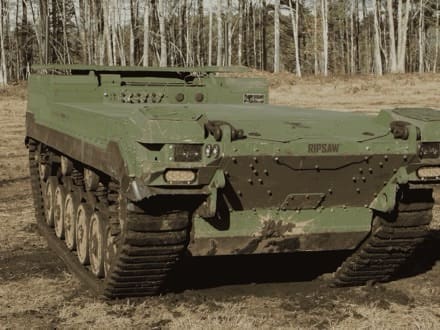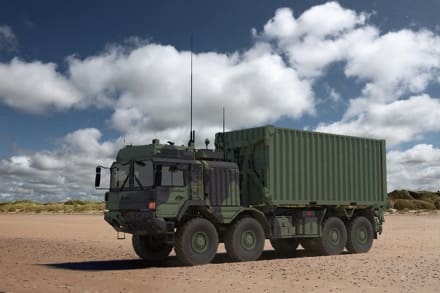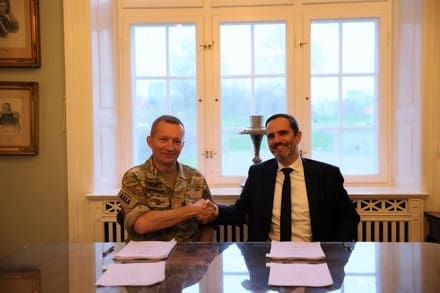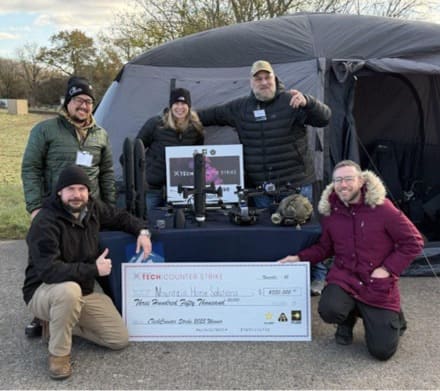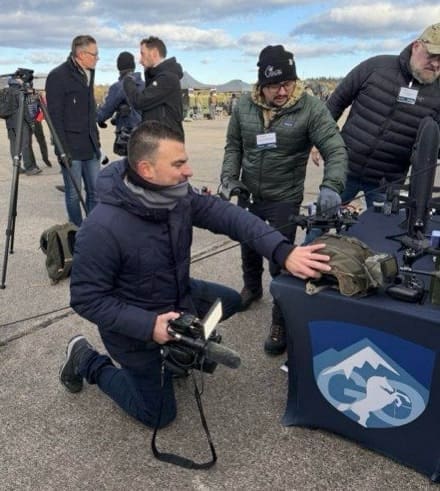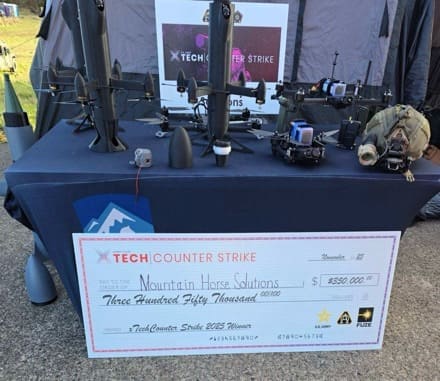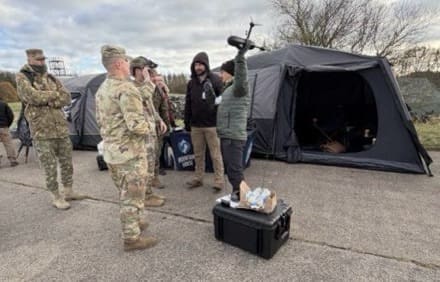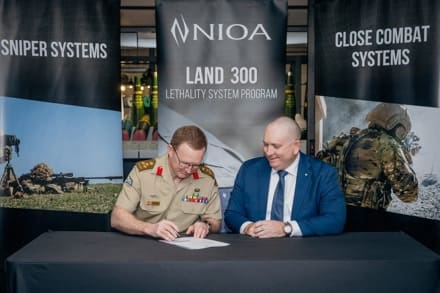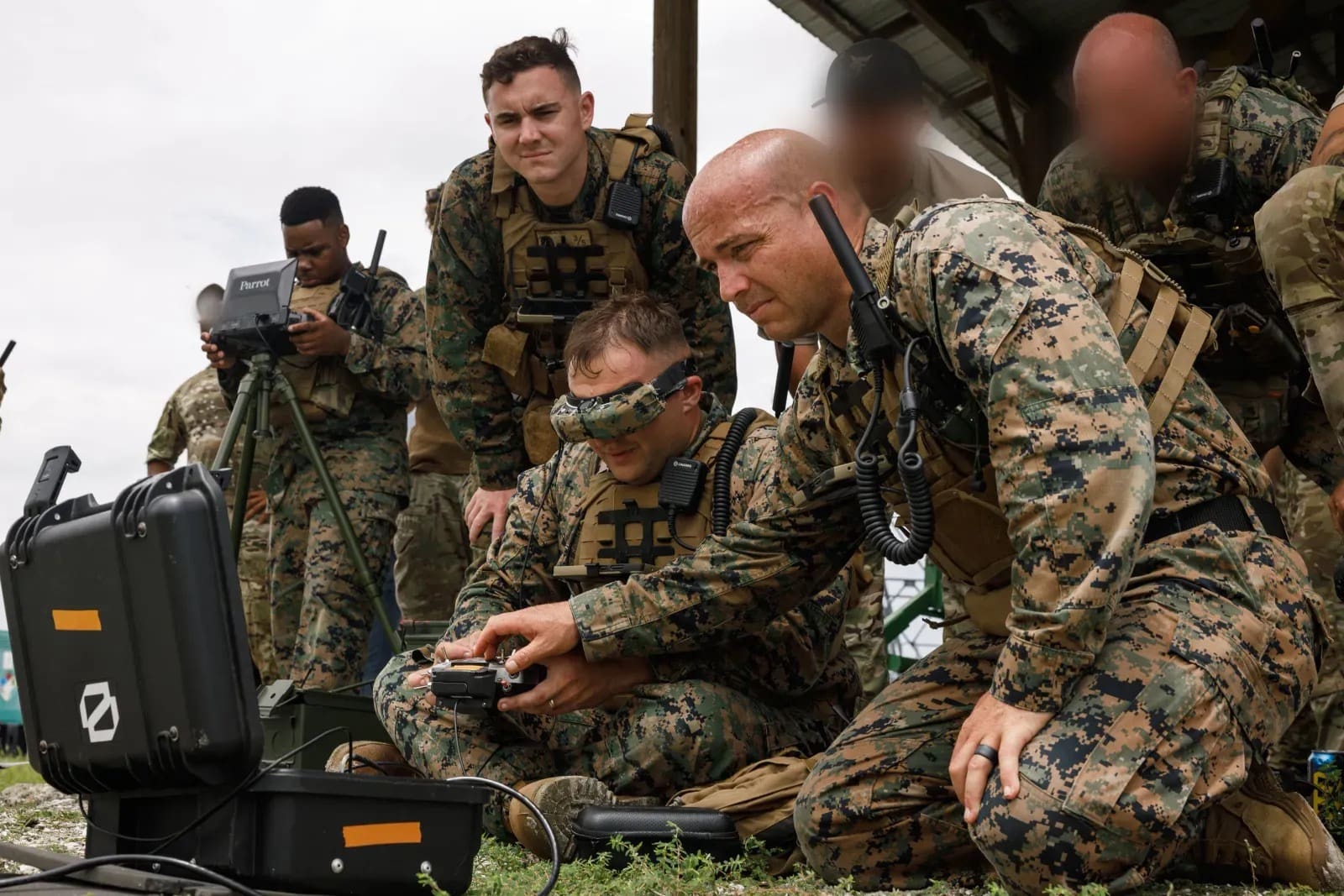
U.S. Marine Corps engaging with the Archer Strike FPV Drone System (Photo by Cpl. Joshua Barker)
El Segundo, CA – Neros Technologies has been awarded a multi-million delivery order contract with the United States Marine Corps to provide advanced small unmanned aerial systems (sUAS) — including kinetic-strike capable FPVs — together with comprehensive operator training and support, across the Fleet Marine Force (FMF).
The award underscores the Marine Corps’ push to rapidly field combat-proven, American-manufactured drone technologies that ensure asymmetric effects capability by expeditionary combat units—at scale. Built without Chinese components and certified under the Department of War’s Blue UAS program, Neros’ Archer FPV drone fleet brings trusted, secure capability directly to Marines operating in contested environments.
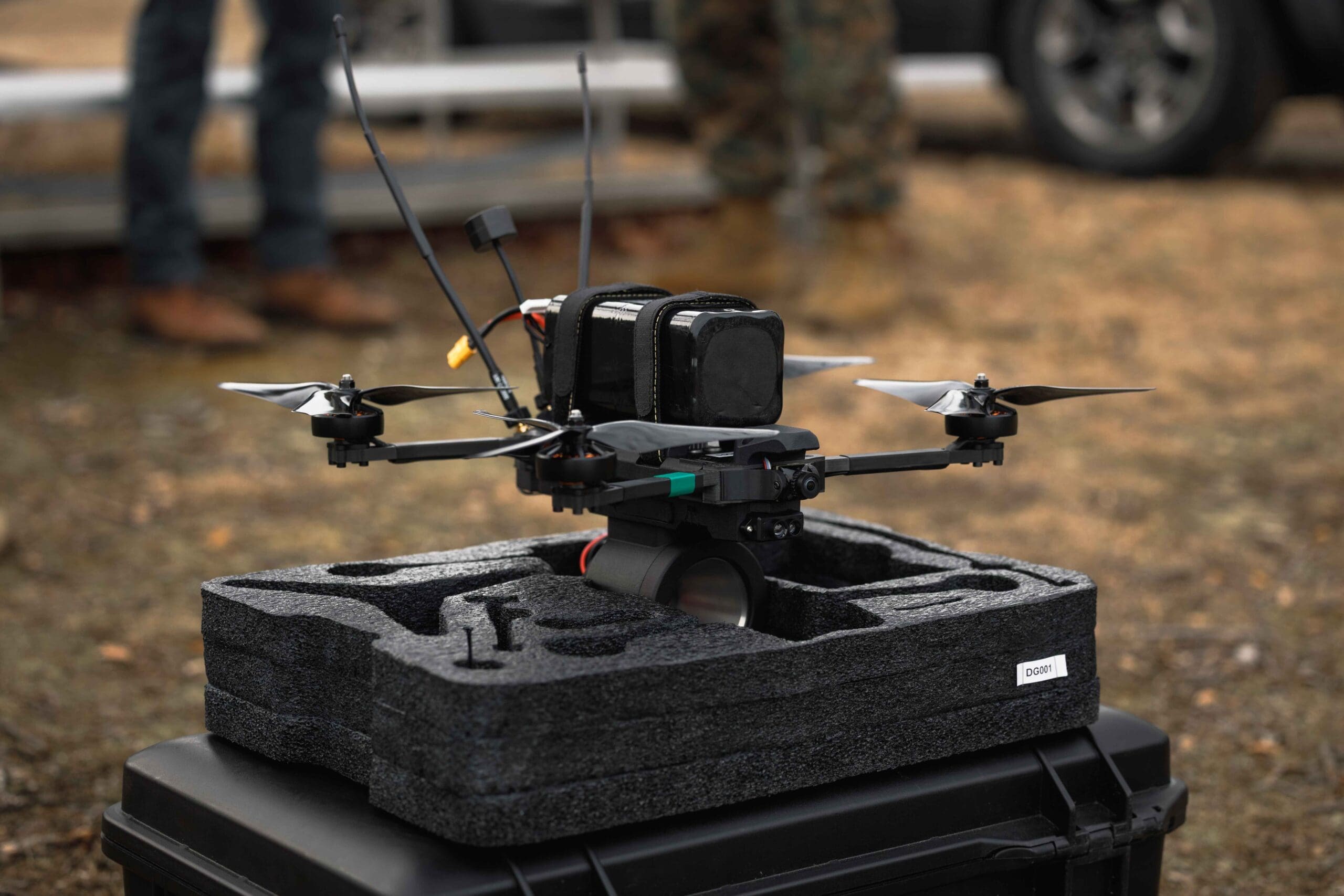
The Archer Strike FPV Drone (Photo by Cpl. Joshua Baker)
“This order reflects the lightening pace the Marine Corps is working at to train, develop TTPs, and deploy FPV capabilities. The Marine Corps Attack Drone Team and Marine Corps Warfighting Lab have been instrumental in positioning the Marines as the first-mover in FPV within the service branches.” said Soren Monroe-Anderson, CEO of Neros Technologies “We are proud to work with our partners at Kraken Kinetics, makers of the Terminus modular mission payload system, to deliver these systems and associated training within months, thanks to our scaled production operation and dedicated Mission Success team.”
“We are very grateful for the Marine Corps’ support, and we are committed to putting the best possible asymmetric FPV drone systems in Marines’ hands,” Monroe-Anderson added.

U.S. Marine Corps preparing an Archer Strike FPV Drone (Photo by Cpl. Zachariah Ferraro)
The delivery order includes both system deliveries and hands-on training, ensuring rapid integration of FPV sUAS capabilities into Marine Corps infantry units and Marine Expeditionary Units. By pairing technology with instruction, the Marine Corps gains an immediate kinetic operational FPV capacity that has been proven on the Ukrainian battlefield.
Since the company’s launch in 2023, Neros Archer has become the highest production rate drone built in the United States. The company’s work with the Defense Innovation Unit, early fielding in Ukraine, and accelerating U.S. production base highlight Neros’ ability to move swiftly and deliver trusted systems to the Marines and soldiers who need them.

U.S. Vice President JD Vance engaging with the Archer Strike FPV Drone System (Photo by Cpl. Joshua Barker)


